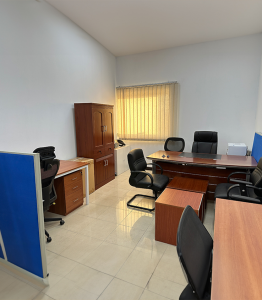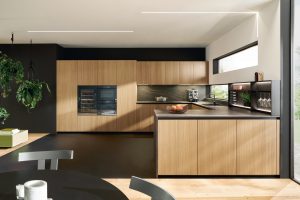5 Must-Have Features For Contemporary Architecture

Contemporary architecture is renowned for its innovative design, clean lines, and functional aesthetics. To achieve a truly modern and striking look, there are several key features that should be considered. Working with experienced architects in Dubai can ensure these elements are effectively integrated into your project. Explore here must-have features for contemporary architecture.
Open floor plans:
Open floor plans are a hallmark of contemporary architecture. They create spacious, fluid interiors by minimizing walls and barriers between rooms. This design approach increases natural light and improves the sense of space and also promotes a more flexible use of the interior. By integrating living, dining, and kitchen areas into a single, open space, contemporary designs facilitate better flow and connectivity within the home.
Large windows and natural light:
Contemporary architecture often incorporates large windows to increase natural light and connect the indoors with the outdoors. Floor-to-ceiling windows, sliding glass doors, and expansive glass walls are common elements that flood the interior with sunlight and offer unobstructed views of the surrounding environment. This feature improves the aesthetic quality of the space and also improves energy efficiency by reducing the need for artificial lighting during the day.
Minimalist aesthetic:
A minimalist aesthetic is central to contemporary design. This feature focuses on simplicity and the reduction of unnecessary elements, resulting in clean lines, uncluttered spaces, and a sense of calm. Minimalist interiors typically feature neutral color palettes, subtle textures, and streamlined furnishings. The goal is to create a serene environment that highlights the beauty of essential forms and materials.
Sustainable and eco-friendly materials:
Sustainability is a key consideration in contemporary architecture. Using eco-friendly materials, such as recycled or reclaimed wood, bamboo, and low-VOC paints, helps reduce the environmental impact of construction. Contemporary buildings also often incorporate energy-efficient systems, such as solar panels, green roofs, and high-performance insulation. These features contribute to a lower carbon footprint and support long-term environmental stewardship.
Integration with nature:
Contemporary architecture frequently focuses on a strong connection with nature. This can be achieved through features like landscaped gardens, outdoor living spaces, and the use of natural materials that blend smoothly with the surroundings. Integrating indoor and outdoor spaces helps create a harmonious living environment that improves the overall quality of life and nurtures a closer relationship with the natural land.





